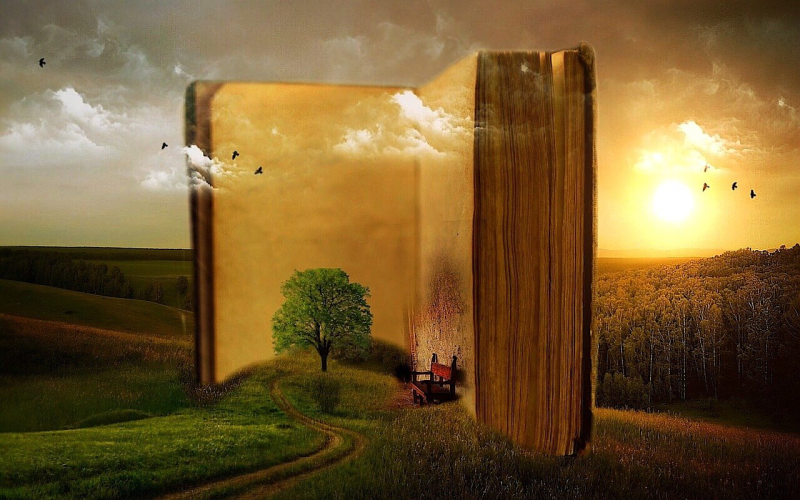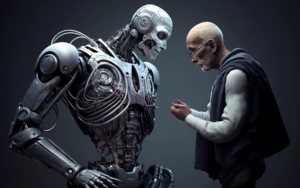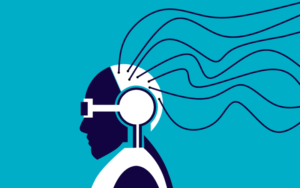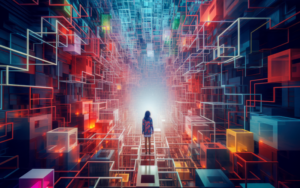In a world where technology had long eclipsed human creativity, there was a quiet village nestled between mountains, untouched by the digital tide. The villagers relied on their hands and minds—crafting, building, solving with nothing more than intuition and tools. One day, an old man named Jaro discovered a strange metal cube washed up by the river.
It pulsed with a faint blue light, emitting a low hum that vibrated through his fingers. Inside, he could hear something—or someone—whispering. At first, he thought it was his mind playing tricks. But the voice grew clearer, asking him riddles, strange questions about the nature of light, sound, and time.
Jaro’s curiosity got the better of him. Each night, he sat by the fire, answering the cube’s questions. As he spoke, his words would echo back to him, altered ever so slightly. The voice inside began to craft new riddles from his answers, testing his knowledge in ways that felt more human than machine.
Over time, Jaro noticed something strange in the village. The air seemed lighter, thoughts clearer, and the crops greener than ever before. The village clock, a mechanical relic, started to tick in perfect harmony with the pulse of the cube. The village children, normally restless and distracted, gathered around Jaro every evening, captivated by the new riddles.
One night, the cube asked a final question: “What is more powerful—knowledge or imagination?”
Jaro paused, looking into the flickering fire. He could feel the weight of the answer, knowing it would change everything. He smiled and replied, “Neither. It’s the bridge between them.”
The cube dimmed, its hum slowing to a stop. But the village—now imbued with a blend of ancient wisdom and something new, something alive—began to thrive. And no one ever realized the quiet shift in the air was the product of a conversation between man and machine, a creation that no algorithm could ever fully trace.





An interesting discussion is worth comment. I think that you should write more on this topic, it may not be a taboo topic but usually individuals are not sufficient to talk on such topics. To the next. Cheers
Hmm is anyone else experiencing problems with the images on this blog loading? I’m trying to find out if its a problem on my end or if it’s the blog. Any responses would be greatly appreciated.
My partner and I stumbled over here different web page and thought I may as well check things out. I like what I see so i am just following you. Look forward to looking into your web page yet again.
Excellent website. A lot of helpful info here. I am sending it to some buddies ans additionally sharing in delicious. And certainly, thank you on your effort!
I have learn some just right stuff here. Certainly worth bookmarking for revisiting. I surprise how so much effort you place to create this kind of wonderful informative website.